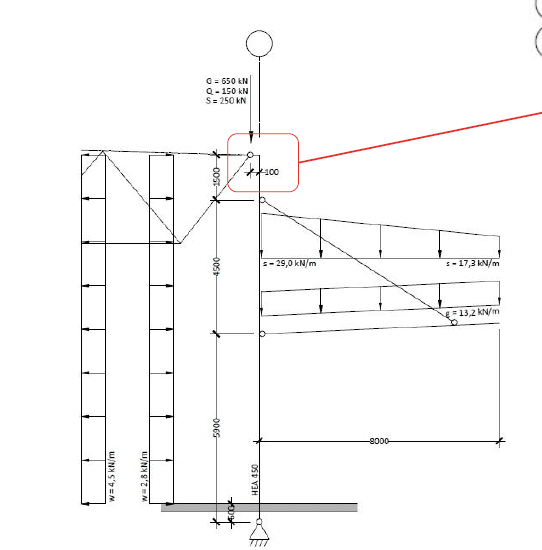“We don't need to work it out, but shall provide kind advices, if we can,” per Retired13, 23DEC19, 21:42. With about 50% of the OP’s these days, that’s a little like telling someone who wants to play with dynamite, a little bit about explosives, they go boom, but not very much, just because some jerk is willing to pay him a little to play with dynamite, irrespective of sufficient knowledge and experience, or the final outcome. Half of the questions these days are…, give me a set of calcs. which I can copy and plug my numbers into, assuming I know which numbers to use; give me a spreadsheet or software, even if I don’t know how to model the structure; tell me which code paragraph blesses what I want to do and what it means, or why there isn’t an explicit para./sec. for same; no need for any engineering knowledge, it’s just number juggling anyway, right? Hell, most of these people need to take a first course in Engineering Mechanics and Strength of Materials, let alone a few courses in Structural Analysis, if they want to pretend to be an engineer, besmirching our profession. The E-Tips site should not be the go-to place for free engineering, when the OP’er. doesn’t know enough about engineering to ask a meaningful question, without sufficient engineering design info. to generate a meaningful discussion.



![[santa] [santa] [santa]](/data/assets/smilies/santa.gif)
![[starofdavid] [starofdavid] [starofdavid]](/data/assets/smilies/starofdavid.gif) & Merry Christmas everyone.
& Merry Christmas everyone.![[xmastree] [xmastree] [xmastree]](/data/assets/smilies/xmastree.gif)
![[thumbsup] [thumbsup] [thumbsup]](/data/assets/smilies/thumbsup.gif)